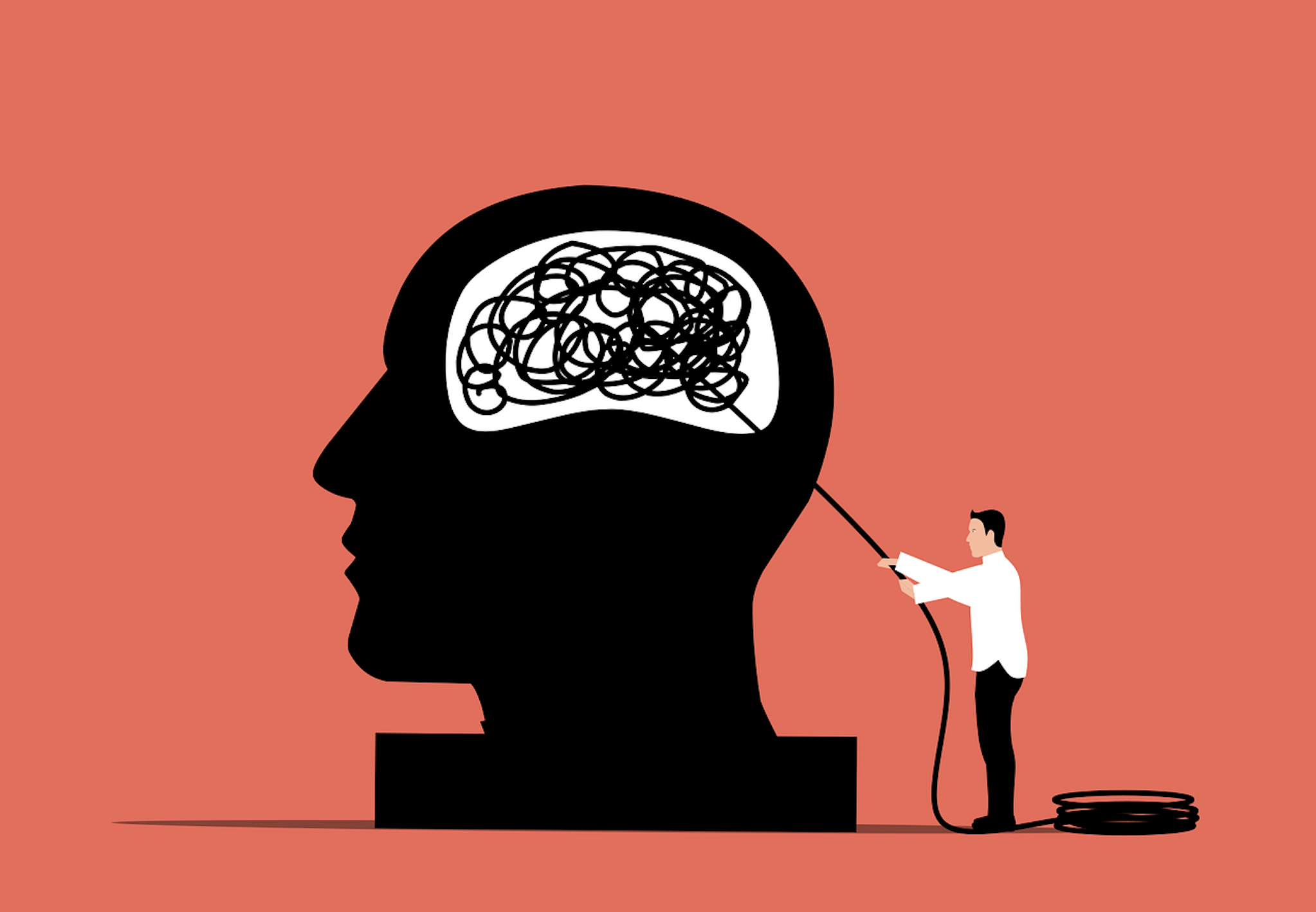Part One of this three step journey to finding your personal plan consists of understanding the process of decision making, and the difference between real desire and illusion. Through this guide, you will also explore the idea of your true values, and see how much decisions vary depending on the mental state (mood or mindset) in which they are made.
First, it is necessary to define the following concepts: true desire, influences, and fear. Desire is “a longing for something that brings satisfaction or enjoyment” (Dictionary). A desire being “true” is what gives you energy and motivation to move forward, while setting aside all doubts that could prevent you from doing so. To influence means “to affect or change how someone or something develops, behaves, or thinks” (Cambridge). Different influences can alter what and how you think, making you believe in something that pulls you away from your desires. Finally, fear is a subjective feeling we have all experienced at one point. It is “an unpleasant emotion or thought that you have when you are frightened or worried by something” (Cambridge).
The key concept one must realize is how different a choice is when made in a fearful versus calm state. When there’s no fear, psychology says “we perceive ourselves as being in a safe space” (Javanbakht, Arash, and Linda Saab). This is crucial in real life situations because oftentimes, choices that don’t satisfy our true desires are those we make the most.
Let’s explore an easy example of a choice made out of fear: an IB student is in class and doesn’t understand a topic. Their question at that moment is: Should I raise my hand and ask? There are two options: raise their hand, and not. Let’s suppose these are the explanations for either choice: If I raise my hand, I will understand this and do better on my test, or If I raise my hand, others around me will judge me and the question I asked. Let’s say the student didn’t raise their hand. This is an example of how fear prevents people from making a decision they know is beneficial to them…but what happens when the choice we think is best to take, has already been altered by fear?
Continuing with the IB example, the courses you think you want to take might have already been altered, subconsciously, by the fear of not being successful (for example). In this case, the concept of influences play a large role in how a student might pick their IB courses. Throughout their life, if the student’s surrounding influences (such as parents or other family members) have taught them that a guaranteed path to success is to become a doctor, then that most likely will be the student’s belief. Ultimately, the key idea is that the student’s fear of failure or disappointing their parents controls the actions they take, even if their true desire is to pursue a career in a completely different area. In relation to ignoring the decisions you know will benefit you, psychologists use the term *cognitive dissonance to explain this contradictory behavior we can experience.
Beliefs about ourselves and the world impact the choices we make daily. “A belief is something we consider to be a fact. It is anything that we assume to be true.” They are “formed in two ways: by our experiences, inferences and deductions, or by accepting what others tell us to be true” (Skilledatlife). Understanding that the different beliefs one has can be under the influence of fear, allows the mind to consider that there are hidden values that can improve one’s life overall, only if these values weren’t ignored.
Undoubtedly, knowing the difference between real desire and illusion becomes an important step to finding your personal plan. It allows you to look into your true values that were ignored due to the presence of strong beliefs that were formed over time, many of them out of fear.
Lastly, being able to differentiate choices made from a fearful versus calm state (setting aside negative consequences you’re scared of) will create space for thoughts you’ve subconsciously blocked or ignored due to the strength of those pre-formed beliefs. Now is where the most interesting, maybe even surprising step comes into play: you’ll explore anything and everything related to what lifts you up, motivates you, and that which allows you to be your most authentic self. What’s better than being proud of finally becoming the version of yourself you’ve always wanted to be? Come back for Part Two to explore your identity and create an exciting path for your future!
* Cognitive dissonance: the state of having inconsistent thoughts, beliefs, or attitudes, especially as relating to behavioral decisions and attitude change.
Bibliography:
Cambridge. “FEAR | English meaning – Cambridge Dictionary.” Cambridge Dictionary, 7 December 2022, https://dictionary.cambridge.org/dictionary/english/fear. Accessed 16 December 2022.
Cambridge. “INFLUENCE | English meaning – Cambridge Dictionary.” Cambridge Dictionary, 14 December 2022, https://dictionary.cambridge.org/dictionary/english/influence. Accessed 16 December 2022.
dictionary. “Desire Definition & Meaning.” Dictionary.com, 2022, https://www.dictionary.com/browse/desire. Accessed 16 December 2022.
“How Beliefs Are Formed and How to Change Them.” Skilled at Life –, skilled at life, 2022, https://www.skilledatlife.com/how-beliefs-are-formed-and-how-to-change-them/. Accessed 16 December 2022.
Javanbakht, Arash, and Linda Saab. “What Happens in the Brain When We Feel Fear.” Smithsonian Magazine, 27 October 2017, https://www.smithsonianmag.com/science-nature/what-happens-brain-feel-fear-180966992/. Accessed 16 December 2022.

